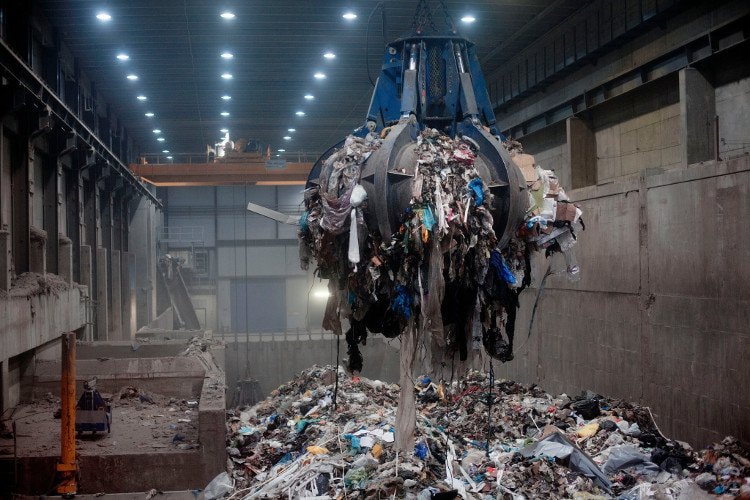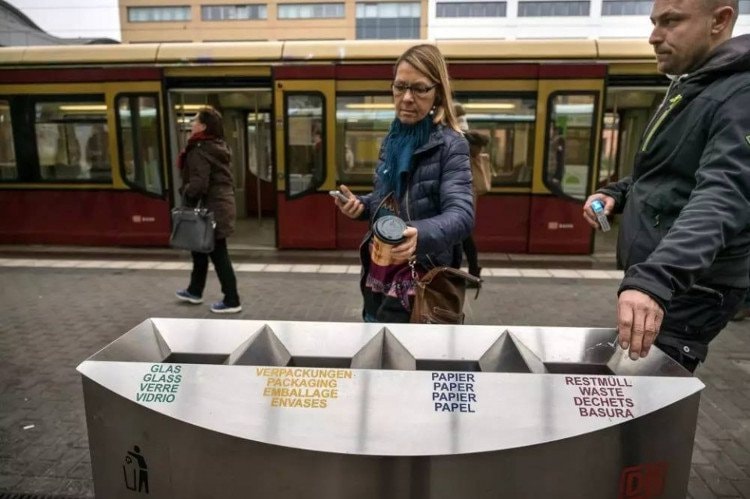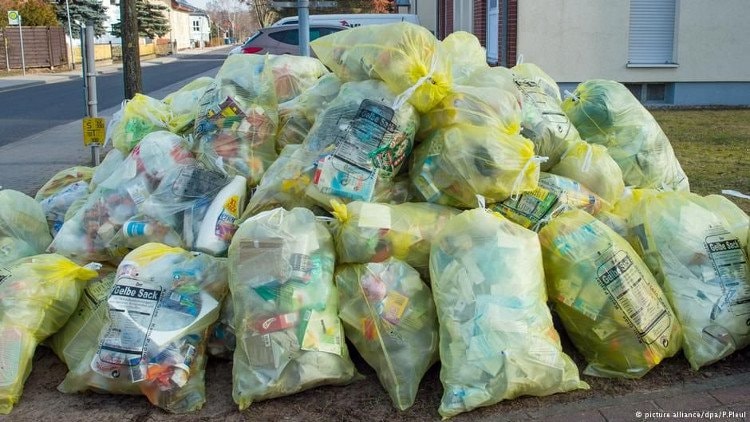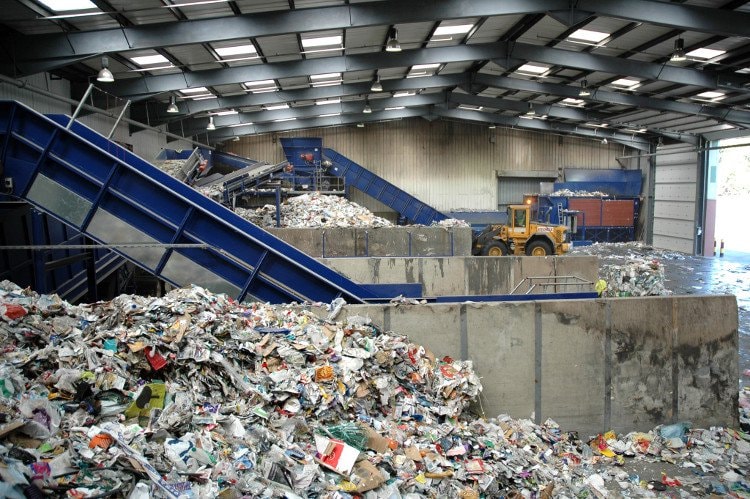See how Germans recycle trash, putting many countries to shame
Previously, we knew a country with a waste recycling rate of nearly 100%, Sweden. In an era where climate change is becoming more and more serious, countries that have made great contributions to the environment like Sweden really make the whole world admire.
But today, we will go to another country, Germany. Although it does not have a terrible recycling rate like Sweden, it is important to know that 50% of Sweden's trash is sent to incinerators to be converted into energy for living.
Meanwhile, Germany, although not having a "dominant" energy recycling system like Sweden, still has a recycling rate of up to 65%, even reaching 86% in some years (2015 data).
 |
| Germany has a waste recycling rate of up to 65%, even reaching 86% in some years (2015 data). |
These figures have put Germany among the countries with the most efficient recycling rates in the world, surpassing both South Korea and Japan.
And do you know what helped Germany achieve this? It was simply because of the classification system and the great awareness of the people here.
German color-sorting system
Germans take waste sorting very seriously, seeing it as part of their environmental responsibility. In addition, some German cities impose fines (sometimes up to thousands of euros) if waste is not sorted properly.
Here, waste is sorted by color, even if it is recyclable. Specific examples are as follows:
Paper or cardboard: put in blue bin/bag. Glass: Put in white or green bin/bag. White for clear glass, blue for colored glass. Plastic waste, plastic bottles: put in yellow bin/bag. Organic waste (from leftover food): brown bin/bag.
 |
| Such trash cans appear on every street corner. |
As for organic waste, before 2015, it was put in black bins/bags, together with other household waste (cigarette butts, fabrics, household items...). But then, Germany applied a law requiring the collection of organic waste for recycling in biogas plants, or for use as fertilizer. Since then, on average, Germans have recycled more than 10 million tons of organic waste each year.
In addition, for bulky waste that is difficult to handle such as furniture, you are not allowed to throw them away. You are forced to call environmental companies, they will refurbish and resell them at second-hand markets.
 |
| Garbage must be sorted by color, otherwise it will not be collected. |
If you don't sort your waste properly, it won't be collected. And if the environmental companies find out that you've been littering in defiance of the law, as mentioned, you could be fined.
Why recycle trash?
As mentioned, the German recycling rate is almost the highest in the world. But the deeper purpose is perhaps less known.
Compare that to the US: the US has a recycling rate of only 30%, does not have a proper waste sorting system like Germany, and people are less conscious. The result: Americans use energy only half as efficiently as Germans.
 |
| A waste treatment plant in Germany. |
Remember, for every can you recycle, you save up to 95% of the energy used to make a new can. For every sheet of paper you recycle, 50% of the water used to make new paper is also saved.
So what's the story here? Let's join hands to protect this Earth, just by basic garbage disposal measures.
According to Khoahoc.tv
| RELATED NEWS |
|---|
